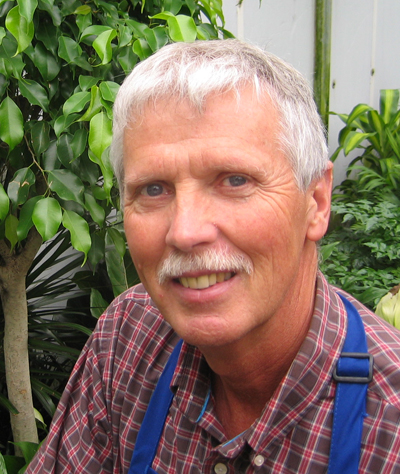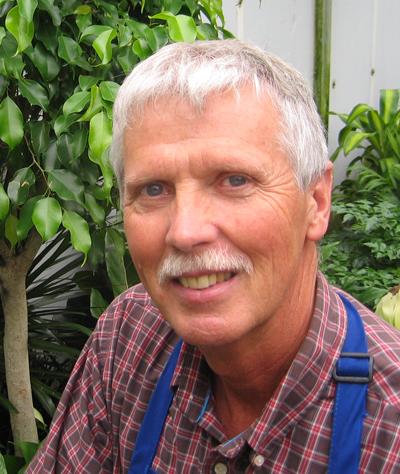
It is Sunday afternoon, and I just went for a walk in my yard. I see the tulips are 2-3 inches tall as are the alliums where the snow has melted.
That is exciting, and it also means I need to get out there very soon to clean off the perennials or I’ll be stepping on shoots that I can’t see when I am working.
My hesitation is that once I clean off last year’s debris, hungry critters will easily find what I don’t want them to eat, so that means I follow myself dishing out shaved Irish Spring soap as a repellent for the deer and whoever else has an affinity for tulip sprouts.
I have written previously about using Milorganite, an organic fertilizer derived from composted sewage as a repellent. Again, the smell is what repels certain garden critters, and the smell is not really offensive to humans, but we don’t have our nose on the ground while eating.
What I don’t like about using this product is that it is easily dissolved by rain so it has to be reapplied after each rain. The main nutrient is nitrogen, which is good as a lawn fertilizer. But for a garden, that nitrogen gives lush green foliage at the expense of the produce we want, and reapplying multiple times just accentuates the problem.
It is amazing what a difference one week made in the snow depth we had in spite of the air temperature being only slightly above freezing. The moisture is most welcome, and I won’t complain about not getting the spring cleanup started sooner even though my journal says I was pruning in the orchard in early March in 2022.
That being said, I want to remind you that the first plant on your list for cutting back is ornamental Karl Foerster grass. This magnificent perennial is a cool season grass, meaning that it starts growing really early. Cut off last season’s growth now as close to the ground as possible to avoid cutting the new emerging grass when removing the old. Cutting it low gets rid of the potential collar of dead growth around the bottom.
Karl Foerster grass is a perennial that benefits from being divided every five years. That thinning will keep the clump thick and thriving.
To divide, lift the entire clump, use your spade to cut it into four parts, and plant just one section back where you removed the whole clump.
This type of perennial grows out from the center, so if you don’t divide it, the center will die out and you will have a “doughnut” of new growth around the edge.
If your grass needs this attention, do it as soon as the soil is dry enough to work with to ensure that it will re-establish and be beautiful this first year after surgery.
One particular blessing of spring is to hear the bird choir in the morning … hope you are able to appreciate that joyful, exuberant music!



